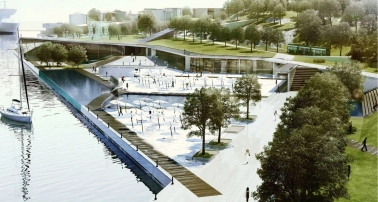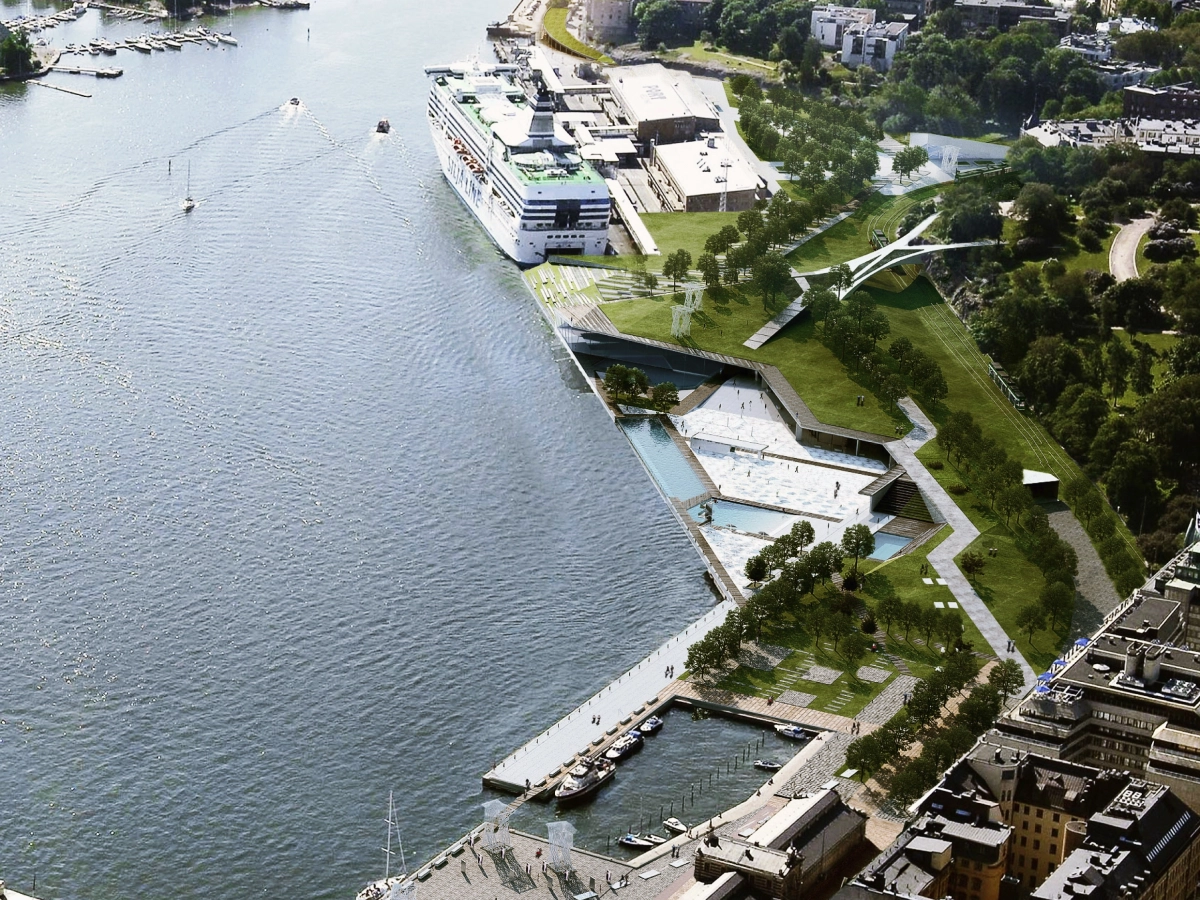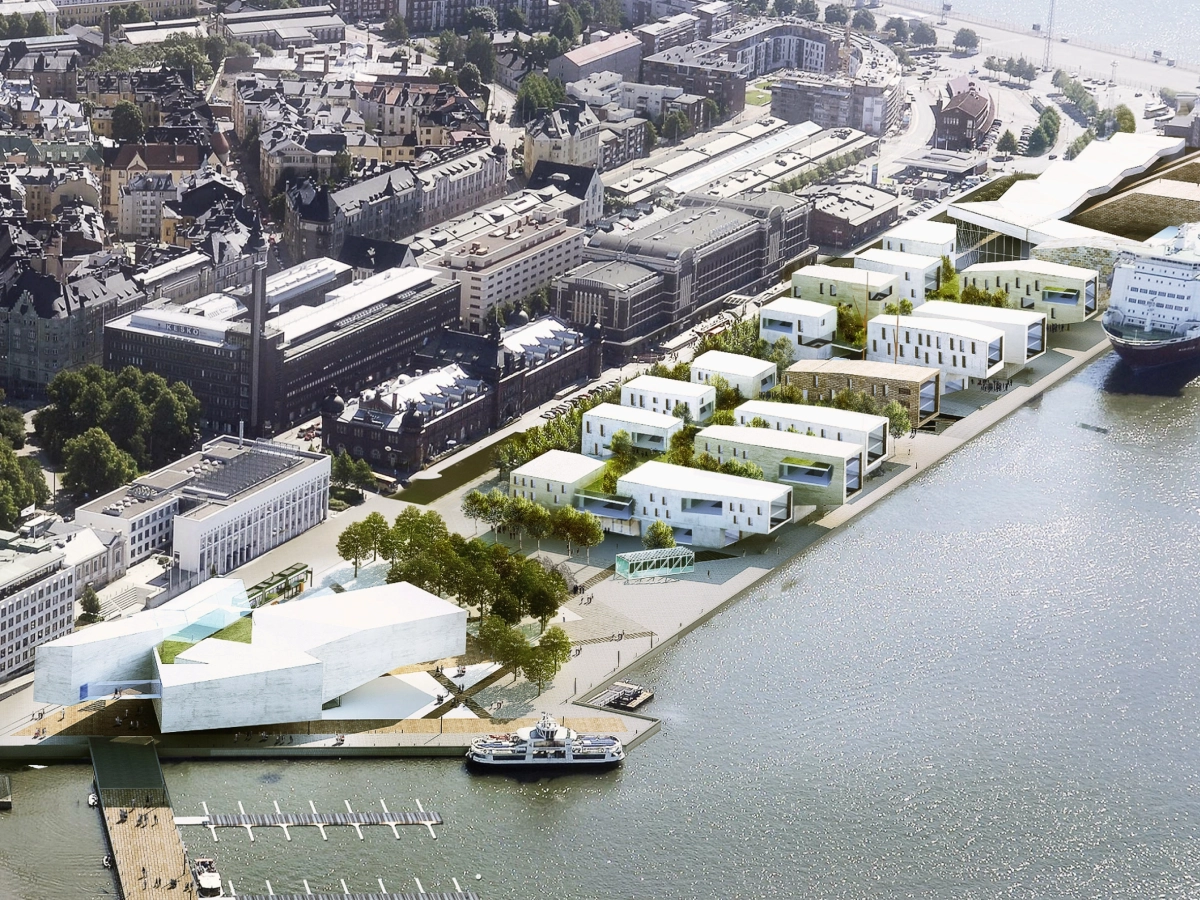



Our proposed masterplan brings the disconnected urban areas of the Finnish capital back together. While the west coast serves as a base for a variety of sports and activities, the east coast is a vibrant part of the city which allows people to enjoy walks along the waterfront with views of the sea. Both sides of the harbour are connected by the historic marketplace – an important place in the identity of the city which requires only minimal alterations to connect it better with the rest of the area. New clusters of economic activities are planned along the waterfront, which will attract cultural and recreational events, and which will also help to generate new jobs in a wide range of sectors.

The east coast of the harbour aims to become one of the main destinations in the city, with bars and cafes lining the waterfront. New development within the masterplan includes buildings with multifunctional uses – the typology of these will need to provide a human dimension in allowing access to the waterfront and protection from the winds blowing in from the sea. The angular form of the buildings will create intimate, public spaces that contribute to the overall feeling and meaning of the place. How the wider area relates to the masterplan is an important consideration – Ehrensromintie Street offers the opportunity to expand Laivasillan Puistikko and Myllyrinne Park and Laivasillankatu can be transformed into a green corridor where only trams are permitted. The historic Tahtiominmaki Vuori Park is connected to the city's new beach at the Makasini Terminal. The new city beach uses hydrothermal energy in combination with geothermal energy from the underground ventilation system, which provides a permanent solution for space utilization throughout the year.

The historic Market Square is an important element of the city, which helps to define Helsinki. Preserving this historical cultural value and transforming it into an open multifunctional market space is a good way to celebrate and protect it. Our proposal intends to make a minor improvement for a better walking connection from Espalandi Park to the new museum and Katajanokka Terminal. A necklace of cultural attractions is situated around the port with the most important of these being the Guggenheim Gallery – a planned iconic building that encloses the Esplanadi Park, which will become an international destination. The proposed network of intertwined public spaces, forming various meeting places and uniting the new waterfront, is an opportunity for the city to draw the waterfront into the hustle and bustle of the urban environment, while maintaining the activities of its busy port.